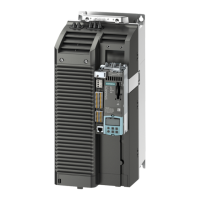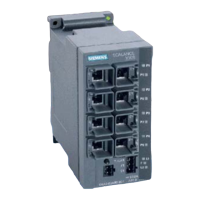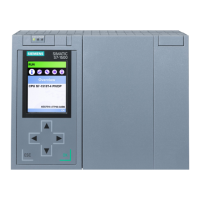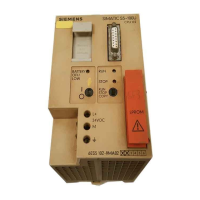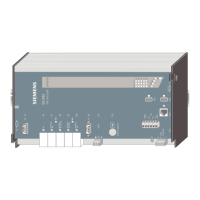Removal of the Electricity Board Fuse or Switching the Controller switch or the Manual Panel
Signals On/Off switch to “Off” does not guarantee isolation of the equipment.
Controllers require specific configuration to enable them to function correctly when installed.
The configuration process is a complex activity and should only be carried out by persons
who are adequately trained, have a full understanding of the needs of the county or region
were the controller is to be used and are experienced in the tasks to be undertaken.
Do not connect any device that has not been specifically designed or tested for
compatibility with the ST950ELV system. If in doubt, contact Siemens Poole for
further information.
ST950ELV compatible equipment such as Helios ELV traffic signals, near-side
pedestrian signals and ELV LED regulatory signs are all clearly marked “ELV”. If
equipment is not marked “ELV” then additional care should be taken to ensure
that it is suitable for use in an ELV system.
Safety of Road Users
It is important that all personnel are aware of the dangers to road users that could arise
during repair and maintenance of traffic control equipment.
Ensure that the junction area is coned and signed as necessary to warn motorists and
pedestrians of any dangers and to help protect the personnel working on the site.
Whilst repairing signals which are in an "all-out" condition, care must be taken to ensure that
no spurious signals are lit during testing which could mislead drivers or pedestrians.
Particular care is required where pedestrian audible devices are installed, to ensure that no
false indications are given during, for example, cable testing. Personnel should also ensure
the safety of pedestrians, especially children, who may come into contact with parts of the
controller or signal poles.
Safety Warning - Lithium Battery
This equipment may contain a Lithium coin cell (battery) if the optional RTC battery backup
kit is installed.
Do not short circuit, recharge, puncture, take apart, incinerate, crush, immerse, force
discharge, ingest or expose to temperatures above the declared operating temperature
range of the product, otherwise there is a risk of fire or explosion.
Batteries should be handled and stored carefully to avoid short circuits. Do not store in
disorderly fashion, or allow metal objects to be mixed with stored batteries. Keep batteries
between -30°C and 35°C for prolonged storage.
The battery is a sealed unit which is not hazardous when used according to these
recommendations. Do not breathe vapours or touch any internal material with bare hands
should the cell become damaged in any way.
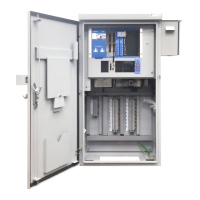
